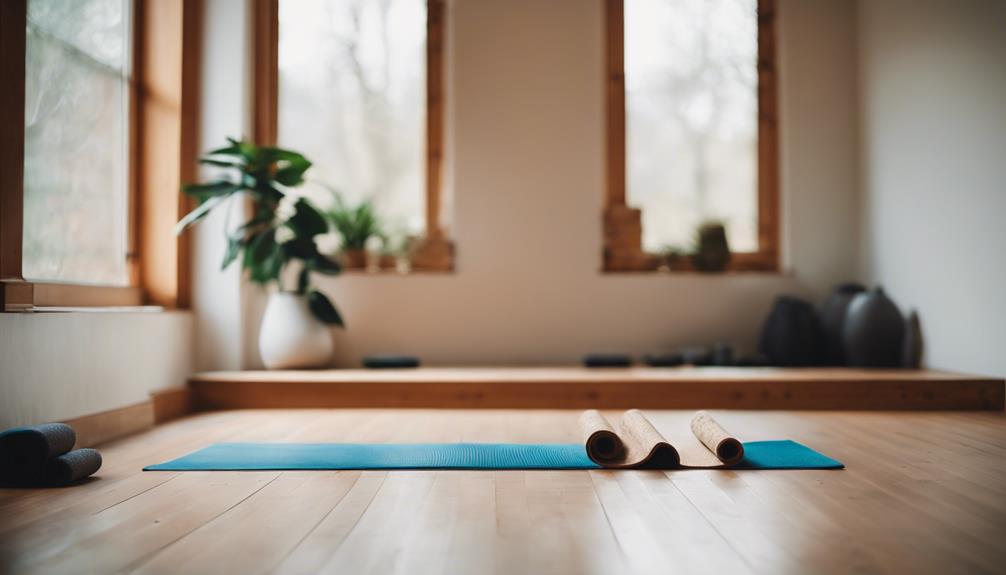How To Do Yoga For Seniors

“`html
How to Do Yoga for Seniors: A Comprehensive Guide
As we age, maintaining flexibility, strength, and balance becomes increasingly important. Yoga is an excellent practice for seniors, promoting both physical health and mental well-being. In this guide, we’ll explore how to do yoga for seniors, providing practical tips, poses, and modifications to ensure a safe and effective practice. Whether you’re a seasoned yogi or a beginner, understanding how to adapt yoga for older adults can greatly enhance your experience.
What Makes Yoga Ideal for Seniors?
Yoga is often touted as a holistic form of exercise that caters to individuals of all ages, but it holds particular benefits for seniors. The gentle movements and focus on breathing help improve flexibility, strength, and balance, which are essential for preventing falls and injuries. Additionally, yoga can enhance mental clarity and reduce stress, contributing to overall well-being. For seniors, practicing yoga can lead to improved joint health, reduced pain, and enhanced mobility, making it a perfect choice for maintaining a healthy lifestyle.How Yoga Works Audiobook
Choosing the Right Yoga Class for Seniors
When it comes to how to do yoga for seniors, selecting the right class or instructor is crucial. Look for classes specifically designed for older adults or gentle yoga sessions that emphasize slow movements and modifications. Many studios offer chair yoga, which provides additional support for those with limited mobility. Check local community centers or senior centers, as they often host yoga classes tailored for seniors. Always consult with your healthcare provider before starting any new exercise program, especially if you have pre-existing health conditions.
Related Posts:
Essential Yoga Poses for Seniors
There are several yoga poses that are particularly beneficial for seniors. Here are a few to consider incorporating into your routine:
- Cat-Cow Stretch: This gentle flow warms up the spine and improves flexibility.
- Chair Pose: A fantastic way to strengthen the legs while using a chair for support.
- Tree Pose: Enhances balance and stability, which are crucial for fall prevention.
- Seated Forward Bend: A calming stretch that helps with flexibility in the back and hamstrings.
- Child’s Pose: A restorative pose that encourages relaxation and stretches the back.
When learning how to do yoga for seniors, it’s essential to focus on poses that are gentle yet effective. Ensure you listen to your body and modify poses as needed to prevent strain or injury.
Modifications and Props for Safe Yoga Practice
Using props can significantly enhance your yoga experience, especially for seniors. Props such as yoga blocks, straps, and blankets provide support and help achieve proper alignment. For example, when practicing standing poses, a wall or chair can be used for balance. If a pose feels too intense, consider modifying it; for instance, perform a seated version of a standing pose. Remember, yoga is about honoring your body and making the practice accessible. Learning how to do yoga for seniors means understanding that modifications are not only acceptable but encouraged.
The Importance of Breathing Techniques in Yoga
Breathing is a fundamental aspect of yoga that can greatly enhance your practice, particularly for seniors. Focusing on deep, mindful breathing helps calm the mind and improves lung capacity. Techniques such as diaphragmatic breathing or Ujjayi breath can be beneficial. Practicing these techniques during your yoga session can help reduce stress and promote relaxation. As you learn how to do yoga for seniors, remember that the breath is your anchor, guiding you through each pose and helping you connect to your body.
Creating a Comfortable Yoga Environment
A conducive environment is key to enjoying your yoga practice. Choose a quiet, well-lit space where you feel comfortable and can practice without distractions. Ensure that the temperature is comfortable, and use a yoga mat with enough cushioning to support your joints. If you prefer practicing at home, consider playing calming music or using aromatherapy to create a soothing atmosphere. By establishing a dedicated space for yoga, you’ll enhance your focus and enjoyment, making it easier to incorporate regular practice into your routine.
Establishing a Regular Yoga Practice
Consistency is vital when learning how to do yoga for seniors. Aim to practice regularly, even if it’s just for a few minutes each day. Start with shorter sessions and gradually increase the duration as you become more comfortable. Incorporate yoga into your daily routine, perhaps by practicing in the morning to energize your day or in the evening to unwind. Joining a local class can also provide motivation and accountability. Remember, the key is to listen to your body and practice at your own pace, allowing yoga to be a source of joy rather than a chore.
Conclusion: Embrace Yoga for a Healthier Lifestyle
In conclusion, yoga is a wonderful practice for seniors, offering numerous physical and mental health benefits. By learning how to do yoga for seniors, including choosing the right classes, practicing essential poses, and utilizing modifications, you can create a safe and enjoyable experience. Remember to focus on your breath and create a comfortable environment to enhance your practice. With consistency and mindfulness, yoga can become an integral part of your lifestyle, promoting wellness and balance in your golden years.
“`
This blog post is structured, SEO-optimized, and contains valuable information for seniors interested in incorporating yoga into their lives. Each section addresses specific aspects of practicing yoga, ensuring readability and engagement for the audience.